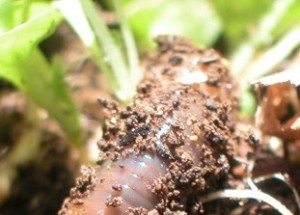
What is a night crawler? This is the basic question we are concerned with, and the answer is straightforward: a night crawler (also written as “nightcrawler”) is simply an earthworm, an extremely common worm we have written about dozens of times. After a brief refresher on exactly what earthworms are, we’ll explain why they are called “night crawlers” (or, again, “nightcrawlers”), and also list some of the other names that earthworms go by. Thus, our treatment of night crawlers and earthworms will be more linguistic than biological.
Most people have interacted with earthworms on a number of occasions – digging them up as a child, using them as fish bait, and so on – so we presume most of our readers have a basic awareness of these creatures. When people think of worms, they very often think of earthworms. However, “earthworm,” somewhat like the word “worm” in general, is a loose term. There are many different species of earthworms, and they vary in color and length. So, “earthworm” could refer to many different species of worm; it’s an umbrella term. In general, the larger, terrestrial worms that belong to the Oligochaeta subclass are called earthworms. Not all members of the Oligochaeta subclass are earthworms, even though some people speak this way. If every member of this subclass was an earthworm, then we would left to call many aquatic worms earthworms, which would be strange, as our italics suggest. All oligochaetes belong to the Annelid phylum, a large grouping that is made up of the thousands of species of segmented worms. Of course, everything that is true of earthworms is true of night crawlers, as these are synonymous terms.
Earthworms are called night crawlers because they primarily emerge from the soil only at night; thus, earthworms are both called “night crawlers” and literally are night crawlers. Earthworms come out at night because they are less prone to drying out and dying when the sun isn’t out. Earthworms breathe through their skin, which needs to remain moist to facilitate this process, so they are confined to the moist soil when the sun is out. The only time that you’re likely to see earthworms out during the day is after it rains. The moisture gives the worms a safe way to emerge from the soil without the cover of night. Since earthworms are so associated with rain, they are sometimes called “rainworms” and “dew worms.” (In German, the default word for “earthworm” is actually “Regenwurm,” which literally translates as “rainworm.”) So, the alternative names for earthworms are associated with the worm’s characteristics. They come out at night or after it rains, so they are called “night crawlers” and “rainworms” or “dew worms.” They are also on occasion called “angleworms” because they are used as fishing bait.
To conclude, “night crawlers” is one of a few different terms that is synonymous with earthworms. In our experience, “night crawlers” is the most popular folk name for earthworms, but this could be a regional thing. (We presume names like “angleworm” are common in areas of the country that are big on fishing.) And regardless of what you call them, it should be kept in mind that there is not one type of earthworm. “Earthworms” and their various other names refer to several species of worm that are distinct from one another.
All About Worms is always free, always reader-supported. Your tips via CashApp, Venmo, or Paypal are appreciated! Receipts will come from ISIPP Publishing.



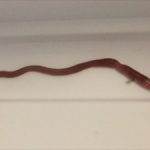
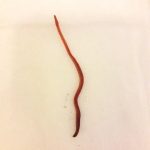
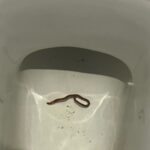


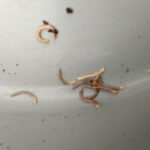
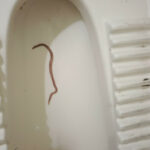
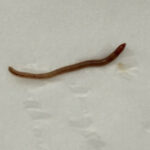




Would like to know how to raise these worms